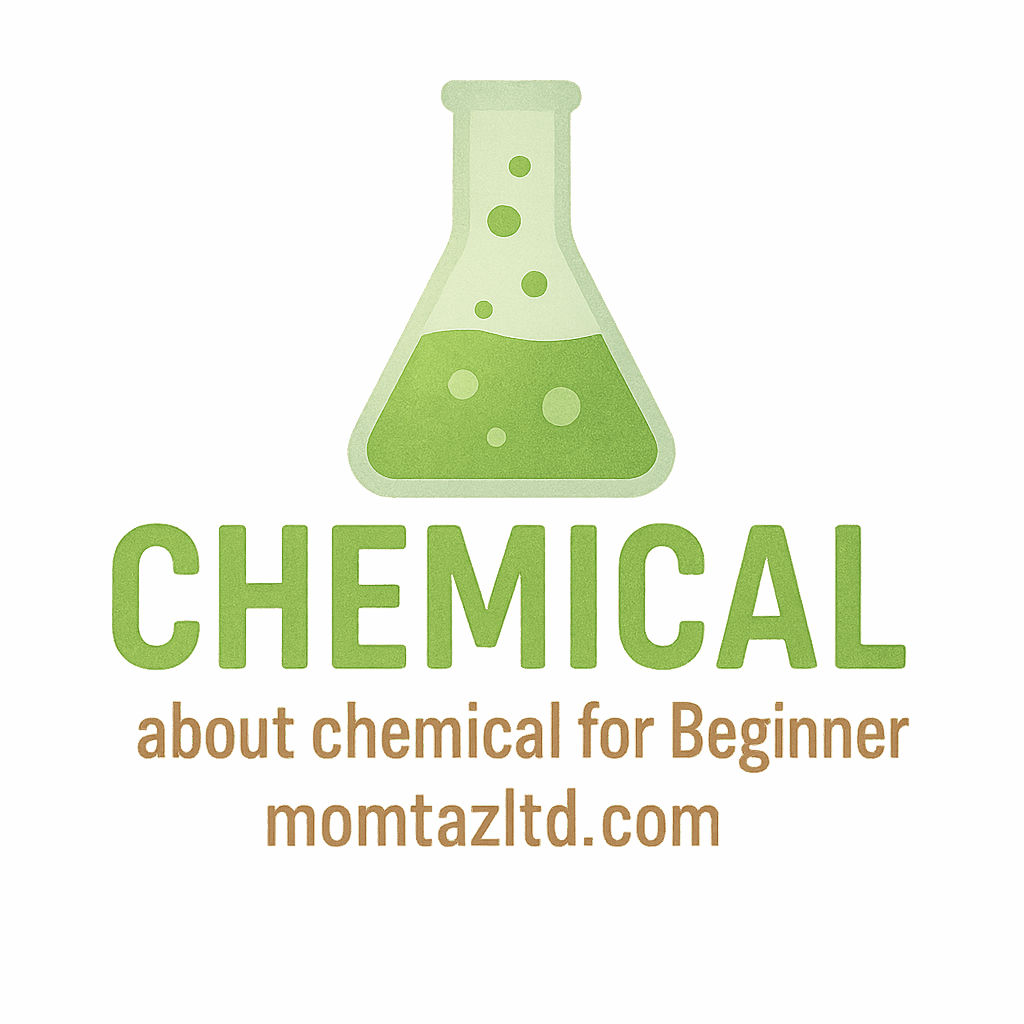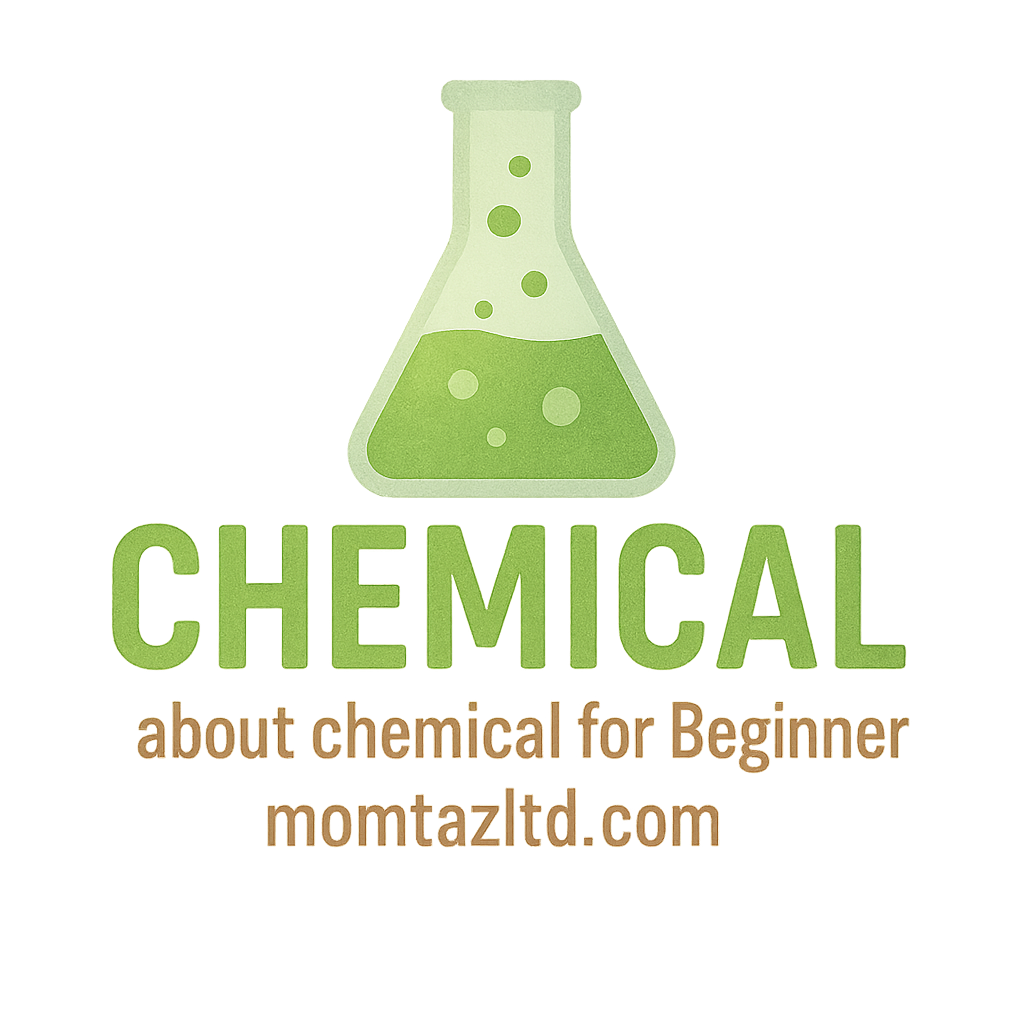Introduction
If you’ve ever cleaned your bathroom with bleach or opened a bottle of paint thinner, you’ve probably noticed that sharp, chemical smell filling the air. That’s your sign right there—ventilation matters. For anyone starting out with chemicals at home, knowing how to keep the air fresh and safe isn’t just a nice-to-have, it’s a must. In this guide, we’ll walk through 10 ventilation tips for safe chemical for beginner at home, so you can handle everyday products without putting your health at risk.
Why Ventilation Matters When Handling Chemicals
Common Household Chemicals That Require Ventilation
You might think chemicals are something only scientists or industrial workers handle, but the truth is, many of us have them in our kitchen, garage, or laundry room. Products like bleach, ammonia, paints, varnishes, and even strong cleaning sprays fall under the category of household chemicals. These can release fumes that may cause dizziness, headaches, or worse if inhaled without proper airflow. You can explore a broader list of these products at household chemicals.
Risks of Poor Ventilation with Chemicals
Without good ventilation, chemical vapors build up in the air. Imagine pouring water into a glass with no outlet—it eventually overflows. The same happens with fumes, except instead of spilling, they stay trapped inside your lungs and environment. Long-term exposure can lead to respiratory issues, chemical burns, or even accidents like explosions. More details on risks are available under chemical accidents.
Tip #1: Always Work in a Well-Ventilated Room
Choosing the Right Room
Not every room in your house is chemical-friendly. A small bathroom with no window? Bad idea. A kitchen with a window and a ceiling fan? Much better. Beginners should always choose rooms where air can flow freely.
Cross-Ventilation Importance
Cross-ventilation—air flowing from one side of the room to another—works like magic. Open windows on opposite sides of the room to let fresh air push stale air out. It’s simple, effective, and free.
Tip #2: Use Exhaust Fans or Air Purifiers
When to Use Exhaust Fans
Exhaust fans act like a vacuum cleaner for air—they pull chemical fumes out and push them outside. If you’re working with chemicals in the kitchen or bathroom, turning on the exhaust fan is one of the easiest ways to stay safe.
Benefits of Air Purifiers with HEPA Filters
Air purifiers with HEPA filters can trap small particles floating in the air. While they don’t replace proper ventilation, they act as sidekicks, especially when you’re handling safe chemical for beginner at home.
Tip #3: Open Windows and Doors Strategically
Creating Airflow Channels
Think of your house as a giant box. If you open just one window, air might lazily drift in and stop. But open a door or another window across the room, and suddenly you’ve created a pathway—an airflow channel. That’s when ventilation really kicks in.
Seasonal Considerations
Winter or summer might tempt you to keep windows shut, but chemical safety comes first. Even cracking a window slightly can make a big difference.
Tip #4: Avoid Enclosed Spaces for Chemical Use
Examples of Unsafe Spaces
Closets, storage rooms, or basements without ventilation should never be your go-to workspaces. Fumes in these areas don’t escape, and you’ll end up inhaling a concentrated dose.
Safer Alternatives
If you must use chemicals indoors, stick to rooms with openable windows or better yet, step outside when possible.
Tip #5: Invest in a Fume Hood or DIY Ventilation Setup
Affordable Ventilation Solutions
You don’t need a professional lab to use chemicals safely at home. Portable fume hoods or tabletop ventilation boxes are available online. They’re designed to suck in fumes and filter them out, protecting your lungs.
How DIY Options Work
Got a box fan and a window? You’ve got yourself a basic DIY ventilation system. Place the fan facing outward in the window to blow chemical vapors outside. It’s cheap, simple, and effective.

Tip #6: Keep Household Fans Handy
Proper Placement of Fans
Fans can make or break your ventilation setup. Place them in a way that directs fumes out of the room rather than just swirling them around.
Safety Considerations When Using Fans
Be cautious—some chemicals are flammable. Using a spark-producing fan near solvents like acetone can be dangerous. Always check the chemical safety label first. Learn more about this under chemical safety.
Tip #7: Store Chemicals in Proper Containers
Ventilation and Storage Go Hand in Hand
Improperly stored chemicals can release fumes even when you’re not actively using them. That means your home could be slowly filling with invisible hazards.
Recommended Storage Practices
Keep chemicals in tightly sealed containers, stored away in cool, ventilated areas. Avoid keeping them under the sink or in damp basements. For a deeper dive, see chemical storage.
Tip #8: Limit Exposure Time Indoors
Take Breaks Outdoors
When working with chemicals, don’t marathon it. Step outside for fresh air every 15–20 minutes. It gives your lungs a chance to recover.
Monitoring Air Quality
You can use small, affordable indoor air quality monitors. They’ll alert you if the air is getting heavy with fumes.
Tip #9: Use Protective Gear Along with Ventilation
Masks and Respirators
Ventilation is powerful, but it doesn’t always do the full job. Wearing masks or respirators adds another layer of defense, especially if you’re new to handling chemicals.
Gloves and Protective Clothing
Chemicals don’t just affect your lungs—they can irritate your skin too. Gloves, aprons, and goggles are your “armor” for safe chemical use at home.
Tip #10: Learn from Experts and Follow Guidelines
Online Resources
Websites like MOMTAZ LTD provide beginner-friendly insights into chemical basics and learn chemistry from experts. These guides are gold for anyone just starting out.
Professional Advice
If you’re experimenting with more advanced chemical use, don’t hesitate to consult professionals. Local labs, universities, or chemical supply stores often provide safety advice.
Bonus Tip: Combine Ventilation with Safe Chemical Storage
Good ventilation goes hand-in-hand with proper storage. Think of it like locking your car and also parking it in a safe place—you wouldn’t do one without the other. Ventilation keeps fumes from building up, while good storage prevents accidental leaks.
Conclusion
Ventilation isn’t rocket science—it’s just about being smart and careful. Whether you’re cleaning your kitchen, experimenting with beginner-friendly science projects, or working on a DIY fix, following these 10 ventilation tips for safe chemical for beginner at home keeps you, your family, and your home safe. Remember: fresh air is your best friend when chemicals are involved.
FAQs
1. What is the safest way to ventilate when using chemicals at home?
The safest method is to combine natural ventilation (open windows/doors) with mechanical support like exhaust fans.
2. Can air purifiers replace ventilation when using chemicals?
No. Air purifiers help, but they can’t fully replace open airflow.
3. Which household chemicals need the most ventilation?
Products like bleach, ammonia, solvents, and strong cleaners require strict ventilation.
4. How long should I ventilate a room after using chemicals?
At least 30 minutes, but longer if the smell lingers.
5. What are signs of poor ventilation when using chemicals?
If you feel dizzy, lightheaded, or if odors persist, your space isn’t ventilated enough.
6. Do beginners need professional equipment for safe ventilation?
Not necessarily. Fans, open windows, and common-sense practices are often enough.
7. Where can I learn more about safe chemical use at home?
You can explore chemical basics, lab experiments, and beginner chemistry guides for step-by-step learning.


